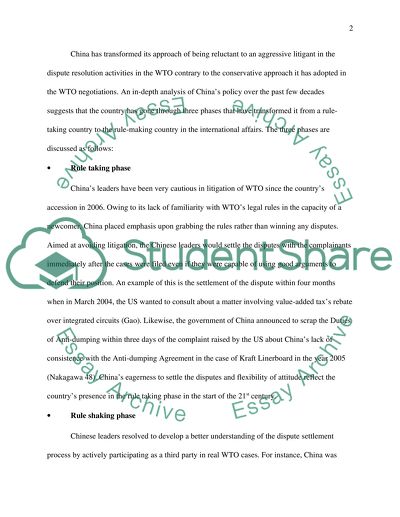Cite this document
(“The Pace of a Countrys Economic Growth Term Paper”, n.d.)
The Pace of a Countrys Economic Growth Term Paper. Retrieved from https://studentshare.org/macro-microeconomics/1474252-economic-growth-essay
The Pace of a Countrys Economic Growth Term Paper. Retrieved from https://studentshare.org/macro-microeconomics/1474252-economic-growth-essay
(The Pace of a Countrys Economic Growth Term Paper)
The Pace of a Countrys Economic Growth Term Paper. https://studentshare.org/macro-microeconomics/1474252-economic-growth-essay.
The Pace of a Countrys Economic Growth Term Paper. https://studentshare.org/macro-microeconomics/1474252-economic-growth-essay.
“The Pace of a Countrys Economic Growth Term Paper”, n.d. https://studentshare.org/macro-microeconomics/1474252-economic-growth-essay.


